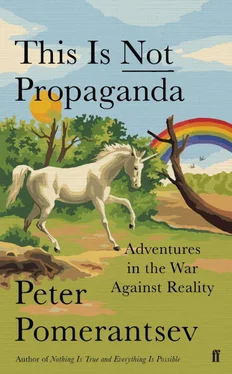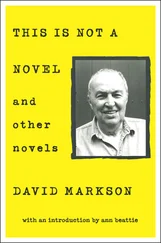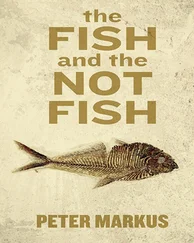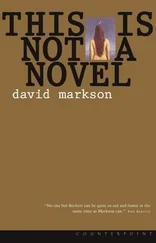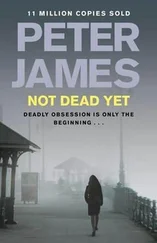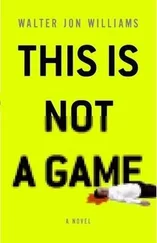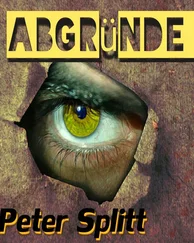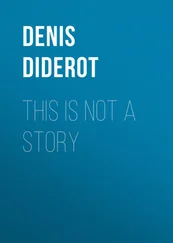Tetyana had kept up the click-beat over many months of protests. Hromadske Sektor had 45,000 followers, and 150,000 visitors attended their protests – people who didn’t trust politicians but believed in volunteers like Tetyana.
Tetyana had joined Hromadske because she wanted to be part of a historical moment, something to tell her future children about. The uprising was nicknamed the ‘Revolution of Dignity’. It had begun when President Yanukovich had, very suddenly, dropped a long-standing pledge to sign an Association Agreement with the European Union in favour of a $16 billion loan from the Kremlin. After Yanukovich’s police beat up protesting students, for many it had grown to symbolise the desire for a government that was less corrupt, for a more just society bound up in the word ‘Europe’ – ‘Euro-Maidan’ was the revolution’s other nickname (Maidan being the name of the square where the protesters gathered).
Tetyana would post on the site as she filed stories for her real job as a financial journalist. She told herself she would somehow stay above the fray; she was for democracy and human rights, sure, but she wouldn’t get dragged into disinformation, wouldn’t get her hands dirty.
Tetyana’s shift was in the morning. She was usually based in Kiev, but today she happened to be in her home town of Luhansk, one of the capitals in the far east of the country known as the Donbas, where most people watched state or Russian TV, which portrayed the revolution as a neo-fascist, US-orchestrated conspiracy. Out here Tetyana never mentioned her work for Hromadske Sektor.
She had woken at 9 a.m. and switched the computer to the live feed coming from the Maidan. At first she thought she had tuned into some action movie by mistake – snipers were mowing people down and there was blood on the streets. Then her phone rang: it was activists in the Maidan. She could hear guns going off behind them, and after a small time lapse heard them crackle on the live stream too.
‘Get people to come to the Maidan. We need everyone here.’
But Tetyana could also see posts popping up on her Facebook feed from people in the square, warning everyone to flee and save themselves. Activists kept calling her, demanding that she tell her followers to come.
‘But there are people being killed,’ she said.
‘The snipers will stop shooting if more people come.’
‘And what if they don’t?’
‘It’s your decision.’
It wasn’t the first time she’d found her journalistic instinct to remain above the fray clashing with her revolutionary loyalties. A few weeks previously the pagan-nationalist, balaclava-clad Pravy Sektor (the Right Sector) had started hurling burning Molotov cocktails through the snowstorms at the riot police. Few people had heard of Pravy Sektor until then. There were only a few hundred of them, but all the publicity around their violence had increased their profile wildly. Kids looking for a little ultra-violence were now signing up to join them.
Tetyana didn’t approve of Pravy Sektor’s violence or ideology. The Maidan was full of different ‘sectors’, everything from neo-Cossacks to neo-anarchists and neo-fascists, all able to organise with the help of the Internet. Their ideologies could be dissimilar. My parents’ friends who had been put through the wringer of the KGB were there too. They could see in the Maidan a distant echo of their own struggles, though now raised to a level of mass protest one couldn’t dream of in 1978. For them the Maidan was another stage in a much older struggle against the ‘Chekists’ in the Kremlin and their satraps in Kiev. Though now it wasn’t just ‘freedom-loving liberals’ out on the streets; everyone had their own motivation. The different sectors had nothing much in common apart from being fed up with Yanukovich’s corruption and casual brutality, and it didn’t seem right to attack people who were beaten up by the same riot police who beat you up.
Hromadske Sektor decided to ignore Pravy Sektor’s violence, but Tetyana couldn’t ignore the massacre in Maidan Square that morning. What was her role? Was she, ultimately, a propagandist? A journalist? Was she reporting on the war, or was she a soldier in it? Every time you post or tweet, or just repost or retweet, you become a little propaganda machine. In this new information flux, everyone has to find their own boundaries. Tetyana had reached hers. She refused to encourage crowds to come to the Maidan. She simply reported on what was going on and let people make up their own minds.
Various Hromadske Sektor leaders logged on themselves and urged crowds to come to the Maidan. One hundred and three protesters died in those few days. But the crowds didn’t stop coming. They kept pushing, storming the presidential palace, while in the regions local council after local council was stormed by protesters, many of them now armed themselves. President Yanukovich fled to Russia. Hromadske Sektor leaders joined political parties and stood for election. Tetyana didn’t want to be involved in party politics and left the movement altogether.
Then the Kremlin began exacting its revenge. Russian TV filled up with invented stories about how Pravy Sektor was coming to slaughter ethnic Russians in Crimea, where most of the population are ethnic Russians. In Sevastopol, the Crimean capital, Cossack groups, separatist parties and Orthodox priests (all funded by the Kremlin) led crowds begging Putin to rescue them. He obliged and annexed the peninsula.
Russian TV broadcast scare stories about Pravy Sektor coming to murder Russians in East Ukraine too. The Internet, the medium through which the revolution had been empowered, was flooded with Kremlin content pumped out of the troll factory in the St Petersburg suburbs. Employees at Lyudmilla’s old place of work were paid a few hundred dollars a day to post pictures, comments and videos, sowing confusion, enmity and panic in East Ukraine. [12]
The Kremlin’s information campaign was the prelude to action. Irregular forces, local proxies of the Kremlin, seized cities in the east: Donetsk; Tetyana’s home town of Luhansk. These parodied the same visual language as the Maidan uprising, with flag-waving crowds sometimes bussed in from across the border and piles of burning tyres, which had become the symbol of events in Kiev. It was labelled the ‘Russian Spring’ by Kremlin-controlled media, tapping into the language of the Czechoslovak rebellion against the Soviet Union in 1968. As with previous information campaigns around colour revolutions, the Kremlin was trying to satirise the Maidan into insignificance. At the same time it was desperately trying to reconfigure the Maidan uprising into a greater story of Ukrainians manipulated by covert American forces, all part of the American policy of ‘regime change’ which had brought catastrophe to Iraq and Libya. Igor Ashmanov and Russian state media honchos stated that the Ukrainian uprising was, of course, a product of information war.
If there was one aim to the Kremlin storytelling, it was this: to show that the desire for ‘freedom’, that hangover of Cold War logic, didn’t lead to peace and prosperity but to war and devastation (a message meant, first and foremost, for its own people so they didn’t become overenthusiastic about the idea). To make this narrative real meant ensuring Ukraine could never achieve peace. The country had to bleed.
When the Ukrainian military would attack the separatist strongholds, the Kremlin would send in tanks and crush them, then retreat and claim it had never been there in the first place. Over the following years – indeed, up to the time of writing – the conflict flowed hither and thither, not quite a full-blown war but never peace either. Towns in the Donbas are taken and then lost again. Shells go off on either side of the lines. The Russian army holds mass exercises on the border with Ukraine, and mass panics break out throughout the country. The violence has also had unintended consequences. In July 2014, when a Russian high-tech anti-aircraft gun shot down a Malaysia Airlines passenger plane full of Dutch tourists that was flying over territory controlled by Kremlin proxies, killing 298, the information operation went into absurd overdrive: the airliner had been shot down by Ukrainians who thought it was Putin’s private jet; dead bodies had been put on the plane in advance and the whole thing was staged; Ukrainian fighter jets had taken the plane down… [13]
Читать дальше
